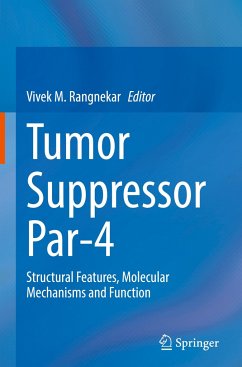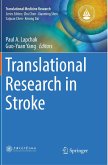Par-4 is a tumor suppressor protein first discovered and identified in 1993 by Dr. Vivek Rangnekar's laboratory in prostate cancer cells undergoing apoptosis. Par-4 (later also known as PAWR) is a naturally occurring tumor suppressor. Studies have indicated that Par-4 selectively induces apoptosis in cancer cells while leaving normal, healthy, cells unaffected. Mechanisms contributing to the cancer-selective action of Par-4 have been associated with protein kinase A activation of intracellular Par-4 in cancer cells or GRP78 expression primarily on the surface of cancer cells. Par-4 is downregulated, inactivated or mutated in diverse cancers. This first of two volumes will be the first on the market on the topic of Par-4, and will provide the opportunity for researchers to discuss the future direction of studies, broaden the scope of research, and contribute a more complete understanding of the molecule's structural features, key functional domains, regulation and relevant basic and clinical/translational facets.
Bitte wählen Sie Ihr Anliegen aus.
Rechnungen
Retourenschein anfordern
Bestellstatus
Storno








